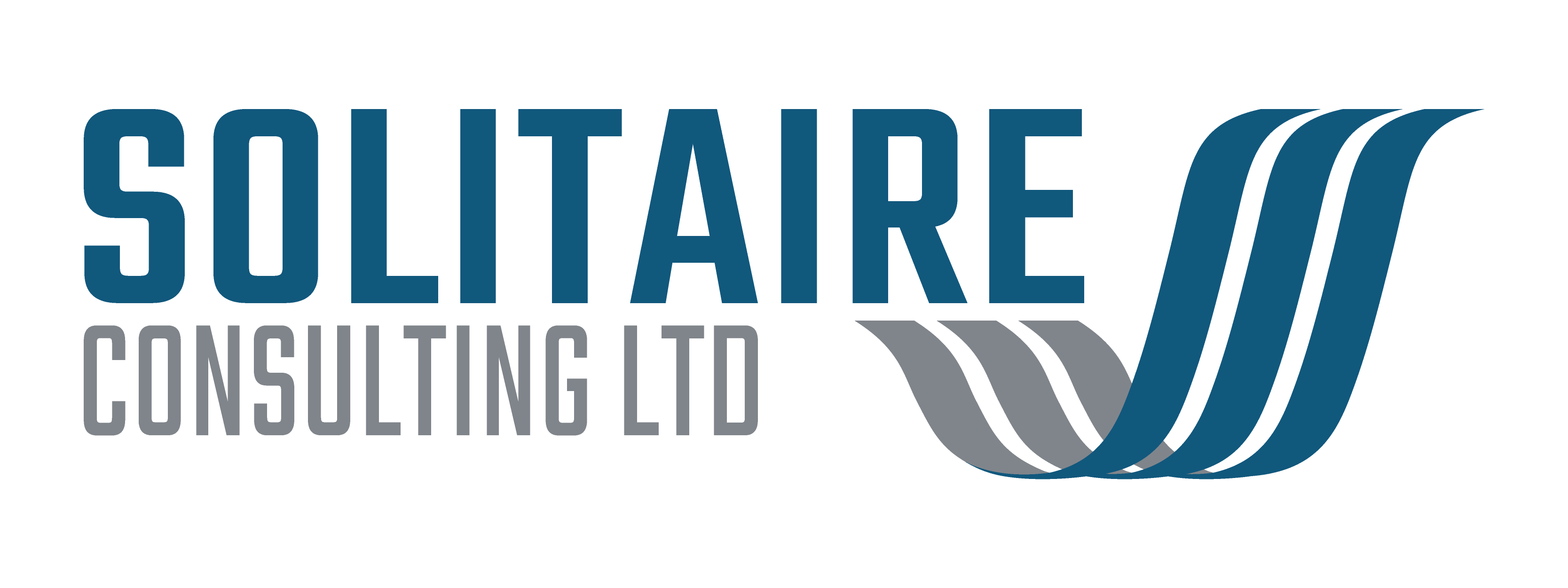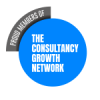At Solitaire Consulting our focus is on using technology to enable and drive change. But real change always comes from people, not technology. Technology is just a tool, and without people with the desire to change that tool will be like so many tools I have at home – it will remain in the toolbox unused!
In this blog I am indebted to my colleague and associate consultant, Tim Rogers for providing much of the material.
It’s not about the technology
A number of our recent projects have been technology related. In reality, transformational change does not come from replacing one technology system with another. Instead it is about the strategic thinking, the processes, and the engagement and participation of the people involved in the implementation.
Our role as project managers and business consultants is much more than the delivery of the business goals or even the operationalising of strategy. Any business transformation project requires the requisite support of people and process change. Success is about how we engage and support those people to be the architects of change. Not just for this project, but for the next ones too.
It’s about the capacity, drive and desire.
Most projects seek engagement through Product Champions, Super Users, Ambassadors or Key Influencers. These are individuals working in the business to help the design and support the delivery of organisational change. However, to treat these people as labourers rather than foremen or architects is a missed opportunity.
As Project Manager, Coach, Consultant and Mediator these are some of the interventions that we might recommend for a project.
Personal Productivity
For successful change you need the time in your dairy and headspace for thinking. For one major project we required the business leadership to create 50% capacity in their diaries to accommodate the change and we gave them 3 months to do this.
By being ruthless with Do, Ditch, Delegate, Design and Develop methods we created capacity for the leadership and upskilled the competency of the management. Both were essential for what became an IoD Award Winning Transformation Project.
If you want to learn about goals, process, performance achievement, time management ask an athlete and get a coach
Tim’s Time Saving Tips
I have many, many “time saving tips” that are useful for Product Champions, Super Users, Ambassadors or Key Influencers who need to better manage their week to accommodate business-as-usual and project commitments.
Here are some..
- Tip from Tim: If you have many platforms e.g. Outlook, Yammer, WhatsApp etc set the out-of-office or status to say “Contact me on MS-Teams” (or what-ever your preferred platform is) so that everyone sees this when-ever they send a message. Its like dog training… they will learn soon enough.
- Tip from Tim: Use the out-of-office to tell people when you are available and when and where they can contact you (or who else may be better to answer their queries), so that you manage their expectations and urgency as well as your routine.
- Tip from Tim: Think about A-time (when you are most productive) used for A-tasks (things that are most important), B-time for B-tasks and C-time (less productive) for C-tasks (less important), don’t waste your best time and talent for meaningless tasks. If you are most productive first thing in the morning, don’t waste this time checking emails. In sport it means don’t do a Personal Best at a pointless competition, save it for the World Champs!
- Tip from Tim: Switching between tasks wastes time and energy with the accumulated fatigue meaning we make poorer decisions. Instead of being hyper-responsive (100 emails) be pro-active (1 scheduled meeting).

Setting aside the benefits to the project of creating capacity, and to the people creating capability, there are real benefits of this to the business. If you can save just 60 minutes per week, over 48 weeks for 20 people, that’s a saving of nearly 1,000 hours! If you are charging these people out at £100 an hour that’s a potential additional £100,000 of revenue per annum. Scale that up to a business of 200 staff, which is our typical client, then you are talking about an additional £1m of chargeable time available per annum.
I’ve worked on a few projects using Lean and Six-Sigma type thinking on the premise that if I cannot identify £25,000 of savings in 2 weeks the client does not have to pay me.
Project Understanding and Thinking
We believe it is important to offer simplified guidance on the key elements of a project. We provide details of the steps at each stage, the underlying reasons for each and the necessary documentation for communication, control and audit.

Using a car analogy, the aim is not to turn drivers into mechanics. However, a basic understanding does make you both a better driver and also able to communicate with the mechanics. It also helps if you know which tools are appropriate for which task. This can be a critical benefit in addressing risks, issues and challenges in a project.
Additionally understanding what is going on can reduce email volume and focus on a small selection of consensus documents and decisions. This will reduce bureaucracy and increase clear, concise and complete communication.
The objective is not to make everyone a project manager, but to help them understand the value and benefit of the project process.
Project Skills and Abilities
Often some of the Product Champions, Super Users, Ambassadors or Key Influencers may become Business Analysts or even Project Managers, reducing the need and cost of external support.
We have found that offering tools, templates, training and techniques ranging from traditional waterfall (based on PRINCE2) to Agile, can be as interesting as seeing how a magician does a trick and then practicing it for yourself.
People like being valued and often training is a low-cost way to support them, build loyalty and improve outcomes.
In an expanding business the staff being developed today will become the project leaders of tomorrow. We have worked on many projects where staff seconded into a project team for a new strategic project, rarely go back to their old job. Identifying and nurturing the latent talent in the organisation is a key role of the leadership team. We can help in this regard.
Method of Change
Where there are a number of Key Influencers across the business we can run weekly virtual or physical workshops, or lunch-and-learn sessions to have everyone working together.
With the right facilitation this will not only help personal productivity but also help the necessary communication and co-ordination between the influencers. This can be a very positive cultural and collaboration experience.
If there are only a few Key Influences we can then take a Coaching/Mentoring approach, possibly underpinned with a formal coaching agreement based around goal achievement or measurable improvements against objective criteria.
People or Projects?
If you want to develop your project capability, think about how you are going to develop your people first. Real change comes from people not technology. Arrange a call with us and we’d be happy to help you develop the necessary skills and techniques.





